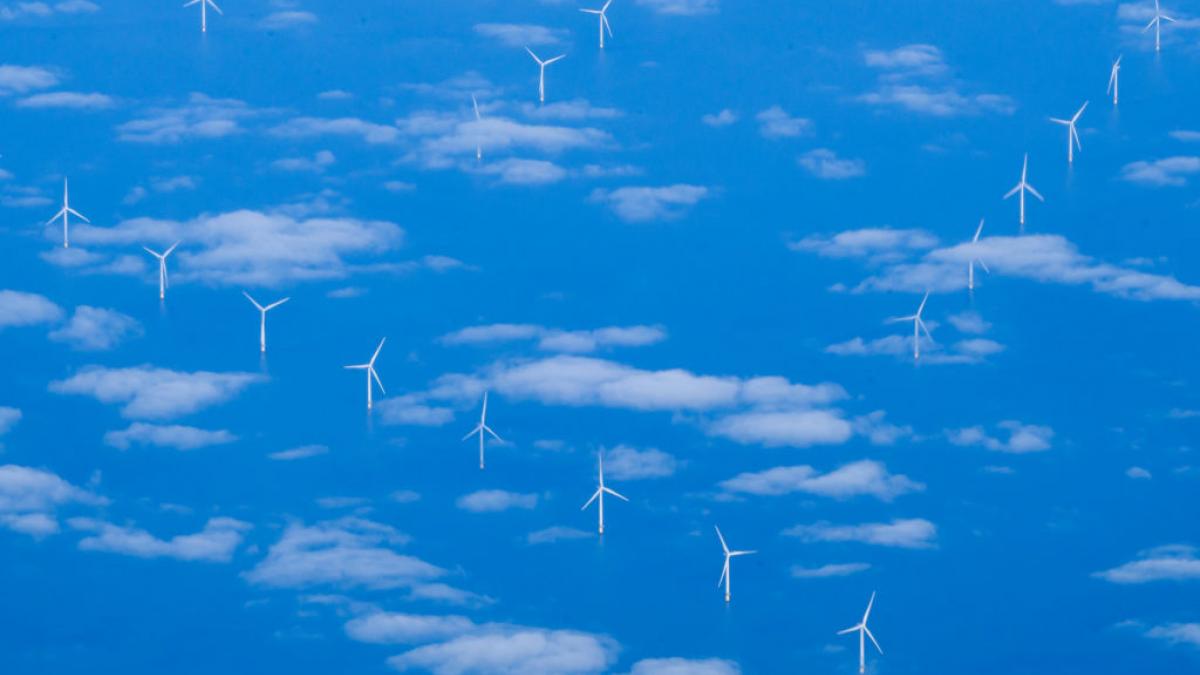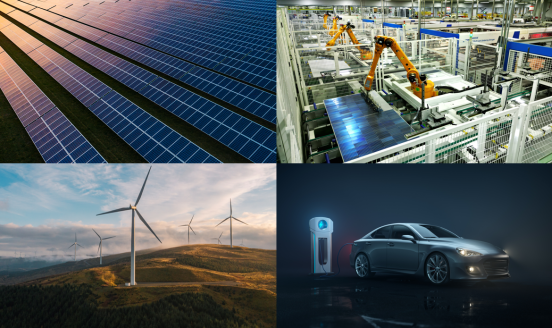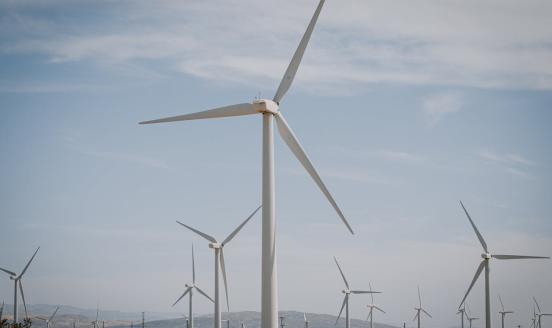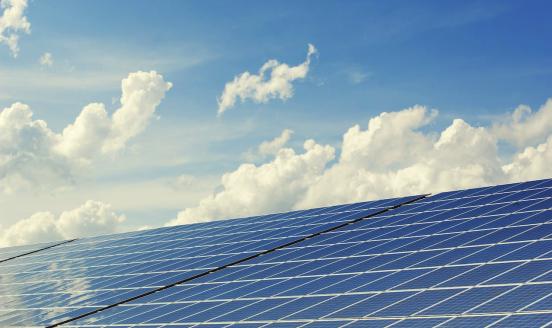North Sea Summit: blowing in the wind?

The second North Sea Summit on 24 April, in Ostend, Belgium, brought together nine north-west European countries and the European Commission with a clear target in mind: turning the North Sea into a major green energy powerhouse that will boost European decarbonisation, energy security and industrial competitiveness.
For a single energy initiative, the summit was unusually high profile. In attendance were the leaders of Belgium, Denmark, Germany, the Netherlands, Luxembourg, France, Ireland, Norway and the European Commission (the United Kingdom sent a second-rank minister). In the past, only events such as the inauguration of large-scale natural gas pipelines got similar treatment. A notorious photo showing then-German chancellor Merkel and then-Russian president Medvedev, surrounded by other cheering European leaders, starting the flow of gas through the Nord Stream pipeline in November 2011, is a gloomy reminder of that phase.
But the North Sea renewable energy vision discussed at the Ostend Summit deserved special treatment for at least three reasons. First, it represents a testcase of how Europe could achieve its three energy policy objectives – security, price competitiveness and sustainability – at the same time. Second, it signals how the energy transition could be turned into an industrial opportunity, as some of the countries involved are also global leaders in wind-turbine manufacturing. Third, the North Sea initiative illustrates the value of international collaboration when it comes to the energy transition, not only within the EU, but also with external partners such as Norway and the United Kingdom.
To put the initiative into context, the North Sea countries aim to collectively reach 120 gigawatts (GW) of offshore wind generation capacity by 2030 and 300 GW by 2050. This represents a major ramping up: the EU today has 200 GW of installed wind capacity and – more specifically – only 15 GW of installed offshore wind capacity is contained within this 200 GW.
Rolling-out wind turbines across the North Sea will only be part of the challenge if the goal is to be reached. In parallel, an integrated electricity grid will have to be built in the region, on the basis that the more interconnected countries are, the easier it will be to efficiently manage the increasing volumes of variable wind power. In this regard, the announcement by the Dutch and British energy ministers of plans for a first-of-its-kind electricity link – named ‘Lion link’ – to connect offshore wind between the Netherlands and the United Kingdom represents a step in the right direction.
In addition, some of the electricity from offshore wind will have to be turned into green hydrogen, to help meet Europe’s future hydrogen needs in sectors including industry and heavy transport. The regional potential for carbon capture and sequestration (CCS), which is significant given the number of depleted oil and gas fields under the North Sea, could also be exploited to contribute to Europe’s decarbonisation efforts.
Governments thus have big plans for the North Sea, which is very welcome because to reach net-zero by 2050 Europe must exploit its large offshore wind potential. Offshore wind will, among other things, help tackle an issue that is frequently overlooked in the public debate on Europe’s energy transition: land availability as a looming bottleneck for the roll-out of renewable energy in a densely-populated continent.
But to deliver on the central aim of boosting private investments, targets must be credible. This could be problematic. Governments might talk but in 2022 not a single large-scale offshore wind farm secured a final investment decision in Europe. While that was a ten-year low (driven by various factors including high inflation in input costs, soaring interest rates and volatile energy markets) that will certainly change in 2023, wind investments in Europe remain well below what they should be for the continent to meet its energy and climate targets – and for the ambitions for the North Sea region specifically to be achieved.
The North Sea initiative thus highlights that without the implementation of policies aimed at facilitating the development of large-scale renewable energy projects, targets might ultimately remain on paper. To make sure this doesn’t happen, stronger national action is needed to eliminate permitting bottlenecks. At the EU level, stronger action is needed to provide a more conducive regulatory framework for green investments and the necessary financial support schemes to foster infrastructure developments – namely when cross-border and of European interest. Finally, there must be stronger action on the manufacturing side, with a more incisive green industrial policy at the EU level to spur clean tech production in the continent.



